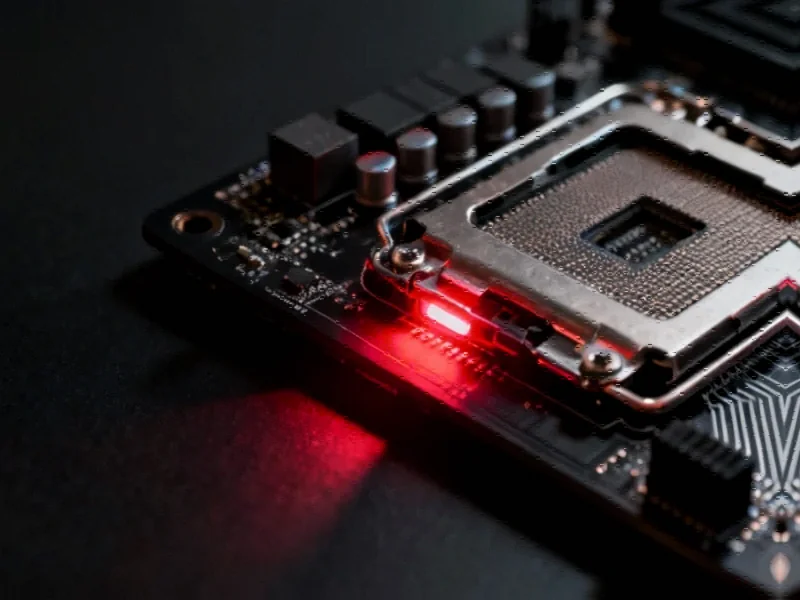Hidden Overclocking Risks in Default BIOS Settings
According to recent industry reports, many motherboard manufacturers are shipping products with performance-enhancing features enabled by default, potentially pushing CPUs beyond recommended specifications. Analysts suggest that features like MultiCore Enhancement for Intel systems or Precision Boost Overdrive for AMD Ryzen processors can cause increased voltage and power draw, accelerating CPU degradation if left unchecked.
Why Default Configurations Pose a Threat
The report states that these auto-overclocking settings are often applied uniformly across product lines without accounting for silicon variance between individual CPUs. This one-size-fits-all approach can lead to unstable overclocks, with sources indicating that users might experience rising thermals and reduced processor lifespan without understanding the root cause. Additionally, while ASUS has introduced thermal limits in newer BIOS versions for Z790 and B760 boards, experts emphasize that many systems remain unprotected without manual updates.
How to Identify and Address Overvolting
To check if your system is affected, analysts recommend entering your BIOS setup during startup by pressing keys like Del or F2. Once in Advanced Mode, navigate to sections labeled AI Tweaker, Overclocking, or CPU Performance. Look for options such as MultiCore Enhancement or Precision Boost Overdrive—if enabled, consider disabling them unless needed for specific tasks. After adjusting settings, save changes and reboot. For detailed guidance, consult your motherboard manual or resources like Intel’s support page.
Balancing Performance and Longevity
While features like Precision Boost Overdrive can enhance performance for intensive workloads, the report cautions that sustained high voltage levels may shorten CPU lifespan. Studies, including Puget Systems’ analysis of AMD Ryzen CPUs, note that even robust cooling solutions might not prevent gradual silicon wear. As overclocking becomes more accessible, users are advised to weigh performance gains against potential hardware risks.
Broader Implications for PC Builders
This issue highlights a larger trend in hardware transparency, with some manufacturers prioritizing out-of-the-box performance over tailored safety. Industry observers note that similar concerns have arisen in other sectors, such as reports on infrastructure resilience and labor market strains. For PC enthusiasts, staying informed through sources like ASUS’s motherboard updates is crucial to navigating these market trends. Meanwhile, related innovations in system management may offer future solutions for optimizing hardware defaults.
This article aggregates information from publicly available sources. All trademarks and copyrights belong to their respective owners.
Note: Featured image is for illustrative purposes only and does not represent any specific product, service, or entity mentioned in this article.



